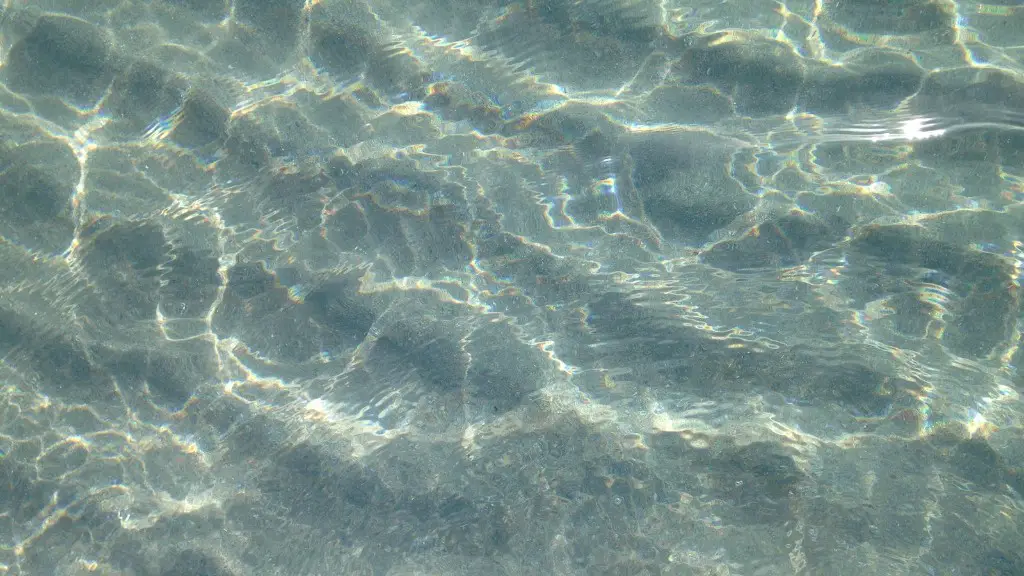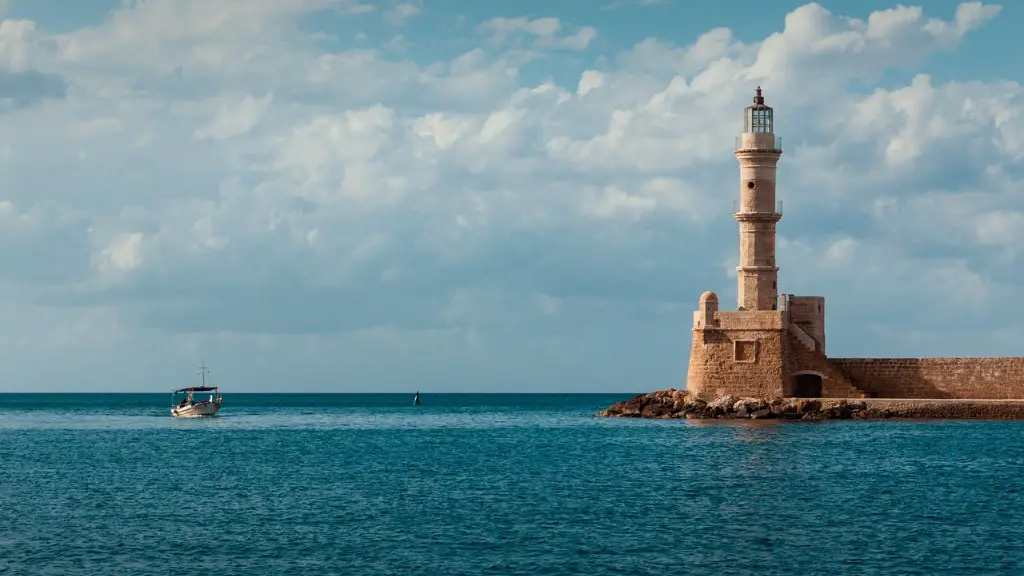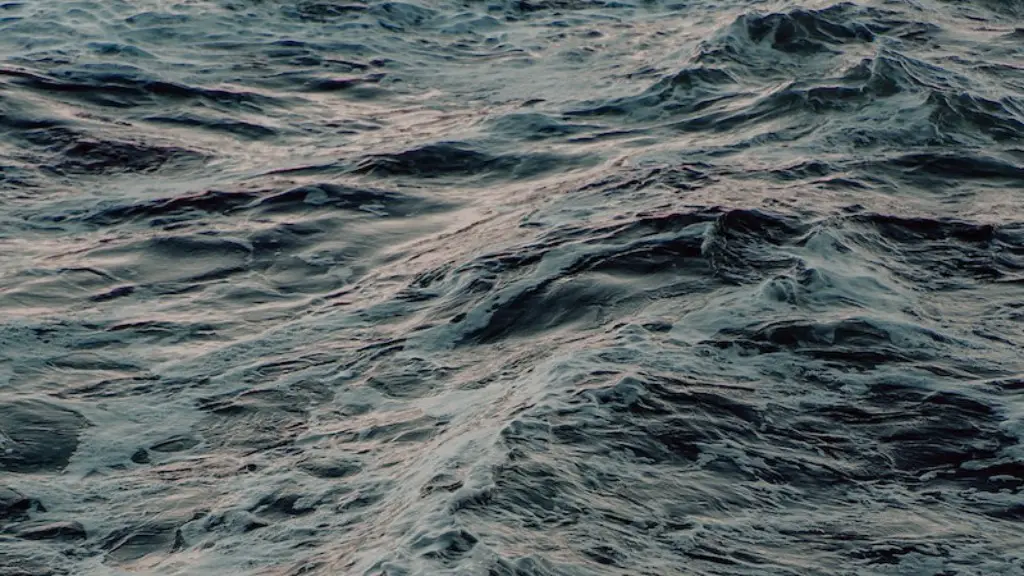When it comes to geographical features such as seas and oceans, confusion arises as to their identity on the world map. One such example is the West Philippine Sea and the South China Sea. Though the two seem interchangeable and inextricable, there are distinct differences between them.
The West Philippine Sea is a section of the South China Sea. It is located on the western side of the Philippines and is bordered by the islands of Luzon, Samar, and Palawan. This sea is also known as the South China Sea eastern part in the Philippines. It is rich in fish stocks, natural gas, and oil deposits which attract maritime disputes from various countries including the Philippines and China.
On the other hand, the South China Sea is bordered by the countries of Vietnam, Malaysia, and the Philippines to the east, and Taiwan and China to the west. Having an area of around three million square kilometers, it springs with rich marine life and is home to a variety of endangered species, earning it the term ‘Coral Triangle.’This sea is rich in minerals and oil and gas deposits and is considered one of the busiest shipping lanes in the world. This makes it extremely important to countries like China, Vietnam, Malaysia, Brunei, and the Philippines.
The difference between West Philippine Sea and the South China Sea can be summed up in two distinctions. Firstly, the West Philippine Sea is a part, or sector, of the South China Sea. Secondly, the South China Sea is not limited to the West Philippine Sea. It stretches much further and has several more countries that are connected to it.
Aside from the physical differences between the two seas, the other distinguishing factor is the recent maritime disputes that have cropped up. In the West Philippine Sea, for example, a nine-dashed-line maritime claim has been asserted by China, covering much of the sea waters as part of its sovereign territory. However, this claim has been fiercely opposed by countries such as the Philippines, Vietnam, and Malaysia.
In conclusion, the West Philippine Sea and the South China Sea are distinct geographic features, with the former being a part of the latter. Both seas are rich in biodiversity and minerals, making them essential to the resources of the countries located in them. With such vital importance comes with an added layer of dispute, as it is a case of much-sought sovereignty over the two seas.
Biodiversity of West Philippine Sea and South China Sea
The West Philippine Sea and the South China Sea are teeming with marine life and habitats. In the West Philippine Sea alone, studies have identified approximately 1,718 species of marine life, with the majority of the species being fish and some being crustaceans. Endemic fish species in the area include the Crested Sarad (Jenkinsia schwanenfeldii) and the Black Darter (Gymnocontus amylinus).
Meanwhile, the South China Sea is home to more than 6,000 species of fish, as well as other marine creatures like mollusks, crustaceans, and sponges. The area is also extremely important for global biodiversity, housing a significant amount of endemic species. Of these, the Chinese White Dolphin is considered to be the poster species — it is estimated that only between 1,500 and 2,500 such dolphins remain in the wild.
The rich biodiversity in the West Philippine Sea and the South China Sea makes it extremely important that the area is protected. Unsustainable fishing practices, maritime disputes, and increasing human activity are threatening the species in the region, and much action needs to be taken to preserve its fragile ecological balance.
Environmental Impact of Marine Conflicts
The marine disputes in the West Philippine Sea and South China Sea are not only damaging for their sensitive marine ecosystems and their inhabitants, but also for the climate. Filipinos have raised a red flag over the constant dredging, island building, and military threats posed by China in the West Philippine Sea. This, among other activities in the disputed area, has had a devastating effect on its coral reefs, mangroves, and seagrass, which are among the most effective ecosystems for serving as nurseries for various species and mitigating climate change via carbon sequestration.
Such extensive destruction not only disrupts ecosystems, but also causes sedimentation and pollution of the seas that can impair fishing activity, deplete fishery stocks, and introduce harmful toxins and bacteria into the seas. As a result, the communities that rely heavily on income from marine sources are forced to suffer economically. Moreover, with the continuous militarization of the West Philippine Sea and its surrounding waters, these communities are often put in danger as a result of deteriorating security.
Economic Benefits of West Philippine Sea and South China Sea
Apart from the potential conflicts in the West Philippine Sea and South China Sea, there are also numerous economic benefits that could be had from its resources. Studies on the area have suggested that it might contain large deposits of oil and natural gas under its seabed. This resource has the potential to benefit the countries surrounding both seas, with the economic gains in trade, tourism, and energy production being quite considerable.
Not only that, some researchers have posited that the seabed might also house vast amounts of minerals, such as copper, zinc, gold, and silver. These minerals could be mined to help promote economic activity in the countries near the seas, such as the Philippines.
Furthermore, the seas support a variety of fish species that could be fished sustainably for local consumption and export. This could lead to increased employment opportunities in the fisheries industries. Aside from this, marine tourism could also be lucrative for the countries in the region, due to its vast array of marine life and habitats.
International Agreements and Treaties
With the rise of maritime disputes in the West Philippine Sea and the South China Sea, various nations have attempted to come up with legal instruments that govern their usage and ownership. The most prominent among these are the United Nations Convention on the Law of the Sea (UNCLOS) and the Hague Convention, which both aim to protect the environment and promote cooperation among countries.
The Philippines, in particular, has championed its right to the West Philippine Sea, with the country’s government taking measures to stop foreign incursions. The Philippine government filed a legal argument before the Permanent Court of Arbitration in The Hague, arguing that China’s nine-dash-line claim to the sea is invalid and goes against international law.
Additionally, the country has also entered into dozens of treaties, such as the Treaty of Amity and Cooperation (TAC) with the ASEAN countries, as well as pacts with the United States. This has resulted in the Philippines being acknowledged as a dependable partner for various undertakings related to the protection and utilization of resources from the seas.
International Relations of West Philippine Sea and South China Sea
Apart from the agreements, treaties, and laws related to the West Philippine Sea and the South China Sea, international relations have also been largely impacted by the maritime disputes between the countries. China’s aggressive militarization of the South China Sea has caused much tension between the countries surrounding it. The disputes with China, however, have not been limited to the South China Sea, as countries such as the Philippines have also been involved in territorial disputes in the West Philippine Sea.
The recent conflict between China and the Philippines in the Scarborough Shoal, for example, entails an ongoing dispute over access to resources and fishing rights between the two countries. This conflict has resulted in China becoming increasingly assertive in their claim of sovereignty in the area, though the country has since stepped back from its aggressive posturing.
Other countries are also invested in the peace and stability of the seas, with both the United States and the United Nations being involved in the process. The United States, for instance, has openly criticized China’s unilateral expansion in the West Philippine Sea and South China Sea, urging the country to abide by international law and respect the rights of other nations.
Trade Implications of West Philippine Sea and South China Sea
Apart from the economic and military implications of the West Philippine Sea and the South China Sea, it is also necessary to consider the trade implications of the disputes and agreements between the countries. The South China Sea, for example, is a major trading route that is used by merchant ships transporting goods from Asia and other parts of the world. This makes it essential that ships are able to sail freely and without any fear of disruption.
In this regard, the United Nations has encouraged countries in the area to come up with confidence-building measures that could help ensure the free flow of maritime trade. This could entail cooperation between countries, the adoption of laws and regulations respecting international standards, and the expansion of the laws to protect the environment and conserve marine life in the seas.
Trade disputes involving the West Philippine Sea and the South China Sea have also become increasingly common, as countries attempt to assert their rights to the natural resources in the area. The Philippines, for instance, has locked horns with China over the Aquino Fisheries Decree of 1984, which bars foreign vessels from fishing in waters within the country’s exclusive economic zone.





